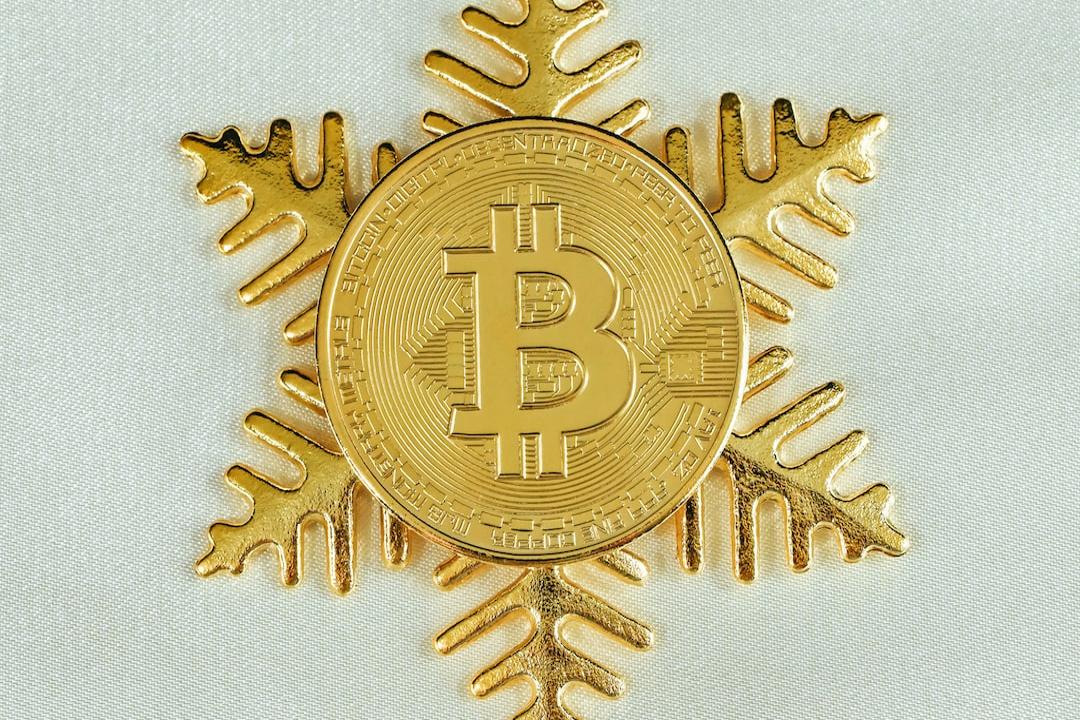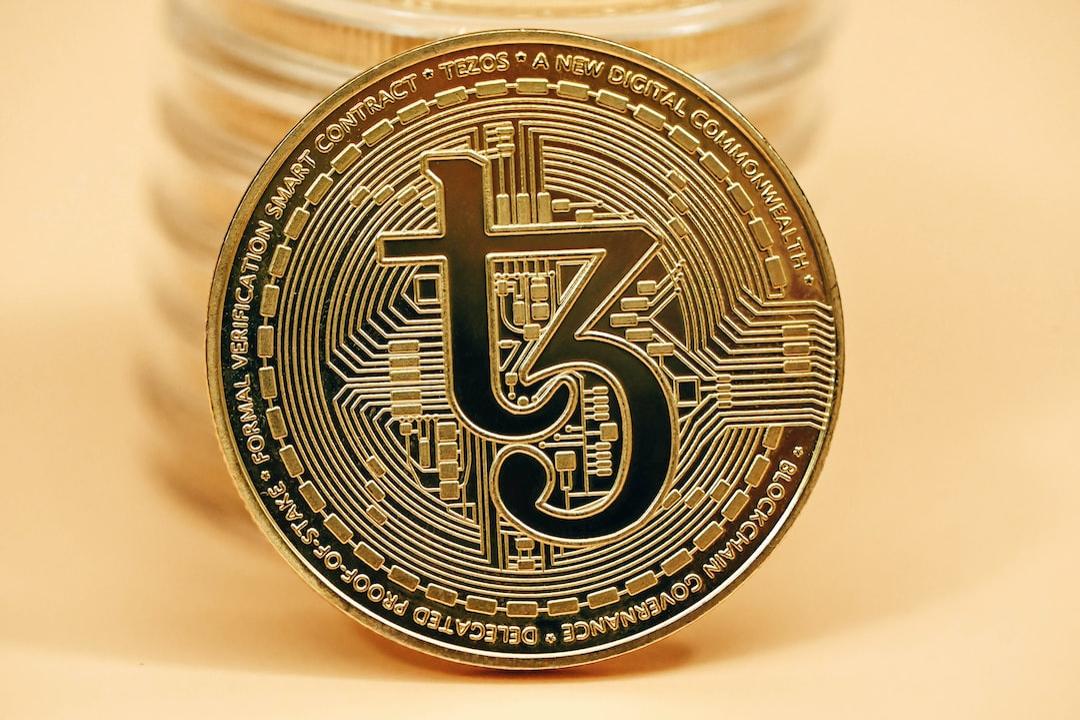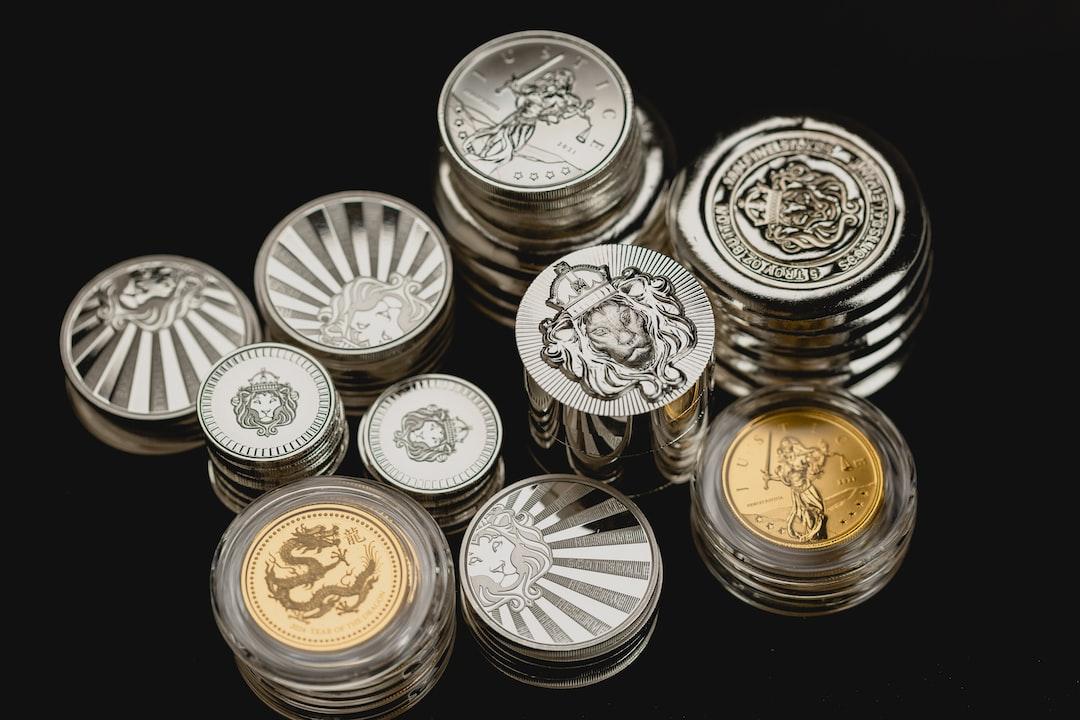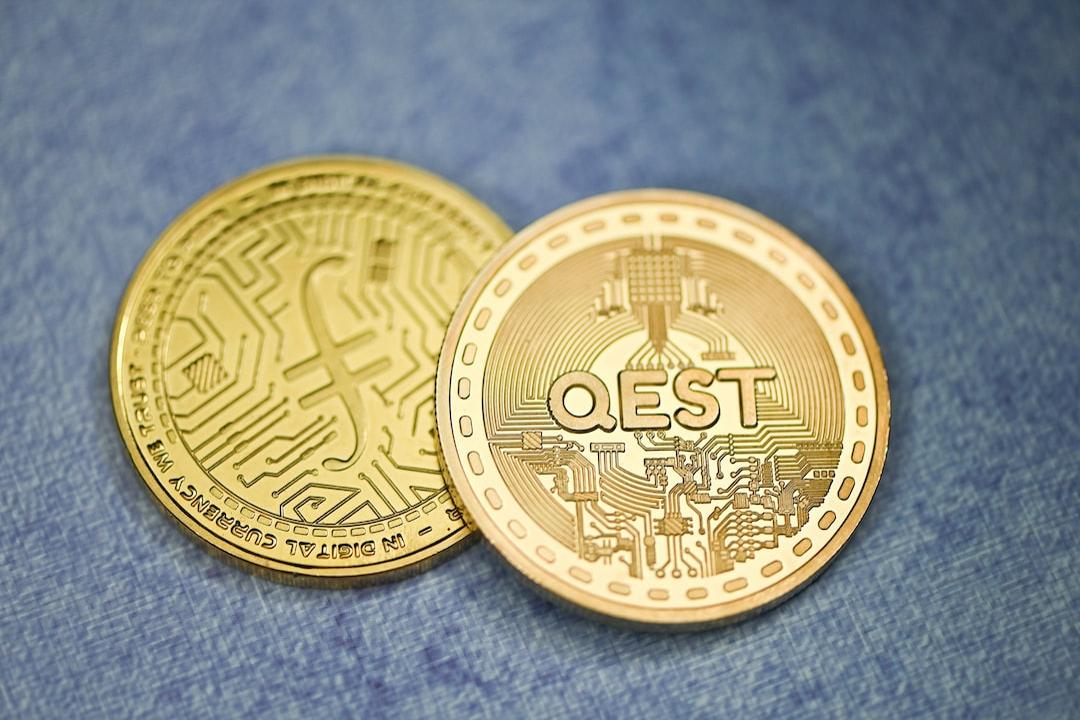15 Crypto Projects Launching Token Buyback Waves
In recent months, the cryptocurrency market has continued to fluctuate downwards, and investor confidence has been on thin ice. As the market sentiment remains bearish, a “buyback frenzy” has quietly emerged, with projects attempting to boost market confidence with real capital and drive token values against the tide.
This article by PANews highlights 15 crypto projects that have launched or announced token buyback plans in 2025, with the DeFi sector being the most active.
Among these projects, many have launched buybacks worth tens of millions of dollars, yet the transparency of execution is inconsistent. In the current market downturn, the response of token prices to buybacks has mostly been muted.

DeFi Dominates Token Buybacks, Market Response Varied
To some extent, buybacks are not only a short-term market rescue measure but also seen as an important strategic move to reshape token economies and provide long-term value.
Among the 15 crypto projects, DeFi remains the main force in token buybacks, with seven DeFi projects initiating or planning to start buyback programs, including Hyperliquid, Ether.fi, Raydium, Jupiter, Aave, Jito, and Arbitrum.
This also reflects the urgent need for optimization of token economic models within the DeFi sector. Of course, fields like AI, security, Layer 1, Layer 2, and MEME are also gradually exploring buyback mechanisms.
Looking at the scale of the buybacks, Hyperliquid, Raydium, Jupiter, Aave, Aerodrome, and Virtual Protocol are the most aggressive. For example, Raydium uses part of the transaction fees in its pools to buy back tokens. As of now, it has repurchased over 55 million RAY, about 10% of its circulating supply, spending $54 million in January alone, setting a new record for monthly buyback expenditure. Jupiter allocates 50% of its protocol fees to repurchase JUP tokens and locks them for 3 years. Based on last year’s protocol income, about $50 million will be used to repurchase JUP tokens. In just one month, over $9 million has been repurchased. Aave initially planned a weekly buyback of $1 million for six months, totaling $24 million, with adjustments to be made based on the protocol’s overall budget. Virtuals Protocol uses the TWAP mechanism to repurchase and burn about $40 million of VIRTUAL.
Additionally, three projects affected by Binance’s investigation of market makers have also announced buyback plans. Movement will repurchase MOVE tokens using $38 million recovered from market makers within three months. In contrast, projects like MyShell and GoPlus Security have smaller buyback scales.
In terms of execution, many crypto projects have already launched and are continuously implementing buyback plans, showing high transparency and execution. For example, Hyperliquid started token buybacks right after its TGE, with HYPEBurn data showing that as of March 25, over 189,000 HYPE tokens have been burned, valued at over $3.026 million. Aerodrome has been burning tokens since the protocol launched, with over 100 million AERO tokens repurchased so far.
However, some projects’ buyback plans have not been fully disclosed or implemented, leading to some uncertainty. For instance, Jito’s buyback proposal is still in the proposal stage, Berachain has only stated that a buyback arrangement will be made but has not disclosed specific amounts or execution methods. Arbitrum has officially announced the launch of a strategic buyback plan, intending to increase its ARB holdings through open market and other transactions, but the specific amount, quantity, and execution methods have not been announced. However, the project has made buybacks during periods of low token prices in the past.
From the market’s response, some projects’ buyback plans have had a positive impact on token prices. For example, Aave, MyShell, and Virtuals Protocol experienced significant price increases, but about one-third of the projects saw a maximum increase of less than 10% after announcing their buyback plans, with the market response being relatively tepid.
Of course, this divergence may be related to the scale of buybacks, execution, the project’s fundamentals, and the overall market downturn.
Behind the Buyback Frenzy: Value Bets or Self-Rescue Measures?
During this crypto cycle, Bitcoin’s market share has remained above 60% for a long time, while most altcoins’ market caps have been halved, even dropping to rock bottom, sparking discussions about whether the “altcoin season” is over.
Data from Coinmarketcap shows that as of March 25, the Altcoin Season Index has fallen to 19, the lowest since December 4, 2024. Among the top 100 crypto projects by market cap, only 19 have outperformed Bitcoin.

Under the pressure of the market, token buybacks have gradually become a standard strategy for many projects, but opinions on the effectiveness of buybacks vary. Supporters argue that buybacks reflect the project’s confidence in its value and release positive signals. Critics point out that buybacks must match the project’s growth capabilities, and some even suggest that buybacks might turn into a tool for projects to “offload” tokens or provide short-term liquidity, failing to address the core issues of development.
For instance, @qinbafrank believes that the intense cleansing of small coins in the past year has actually forced the market to evolve further: either focus on truly innovative value realization, or abandon the illusion of high valuations at the first level and start from a low market cap (allowing the second tier to enjoy growth dividends rather than just liquidity release); or, for projects with revenue, begin injecting some profits and income into the token economic model to enhance the value per token.
This is a positive start for the crypto market. Crypto KOL “Rainy Sleep” believes that when all projects treat buybacks as a solution to token prices, buybacks lose their original meaning. They become a tool for seeking exit liquidity. Mindless buybacks cannot solve sustainable development and growth issues. Buybacks should serve the project’s long-term vision.
KOL @cryptowolfin also points out that price fluctuations depend on revenue growth and narratives. Buybacks themselves cannot determine long-term trends. When market conditions are good, projects might spend money to buy back tokens at high prices, resulting in high costs. However, when token prices fall and revenue drops, the project lacks the necessary funds for innovation or strategy adjustments, and token prices continue to decline. Ultimately, what projects should focus on is investing in growth and value distribution, rather than burning money at the wrong time.
Messari researcher MONK recently wrote that projects like RAY, GMX, GNS, and SNX previously repurchased millions of dollars worth of tokens programmatically, but the current value of these tokens is significantly lower than the cost price. Currently, there are three major fallacies in the programmed token buyback strategies of crypto projects: First, buybacks are unrelated to price trends, which are mainly driven by revenue growth and narrative formation; second, when revenue is strong and prices rise, projects will spend more cash reserves at unfavorable prices to buy back tokens; finally, when prices and revenues decline, projects lack the necessary funds to invest in innovation and restructuring, and may face large unrealized losses.
Therefore, the current programmed token buyback strategies of many crypto projects are “misallocated capital,” and it is suggested that projects focus on full growth or distribute actual value to holders through stablecoins or mainstream tokens.

Whether buybacks can become an effective tool to boost the market, or if it is just a capital game, perhaps only time will tell. However, for investors, the effectiveness of buyback plans is not achieved overnight. In addition to paying attention to the buyback amounts, one should also focus on the project’s long-term planning and actual execution.
This article is republished with permission from PANews.

